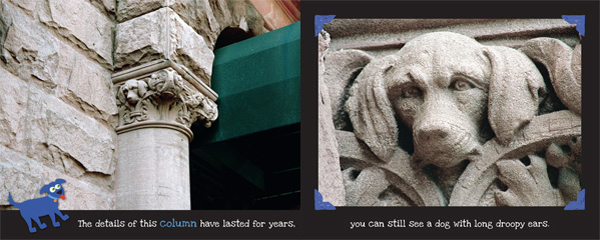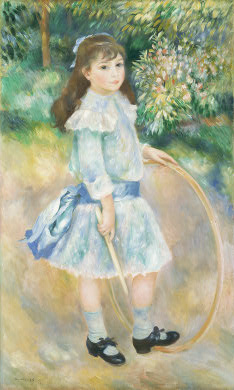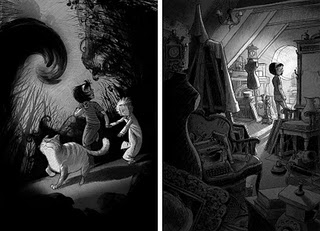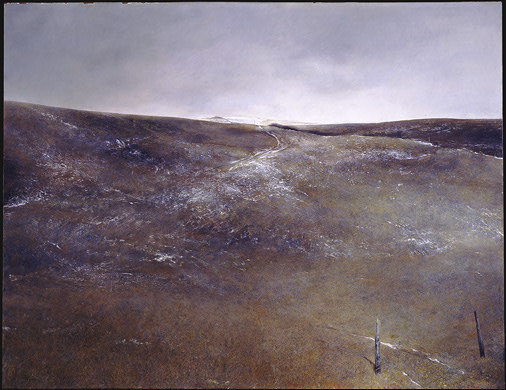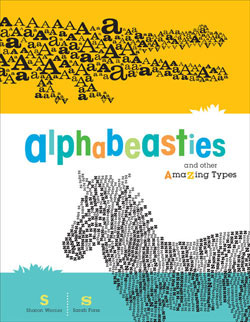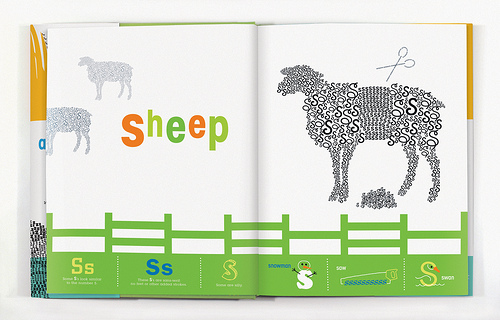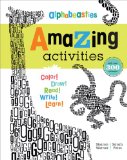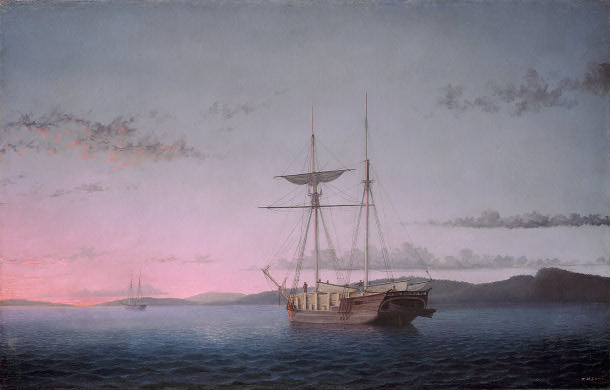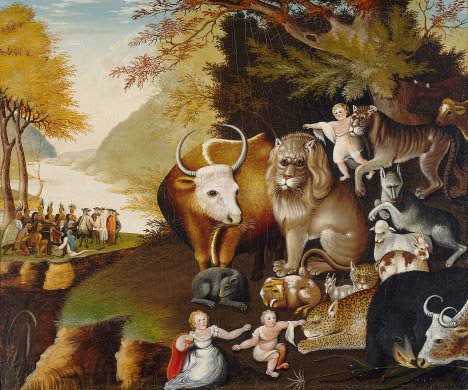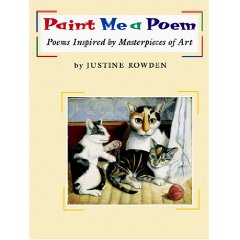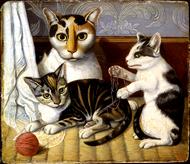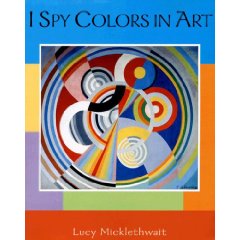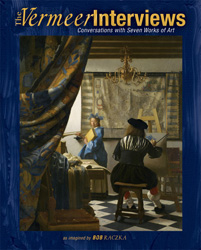 There's something about Vermeer that speaks to me and, I think, to a lot of people who are familiar with his work. But he's never spoken to me quite as clearly as the figures in his paintings speak to Bob Raczka in The Vermeer Interviews: Conversations with Seven Works of Art (The Millbrook Press, 2009). I knew I wanted to feature The Vermeer Interviews at bookstogether, so--naturally--I asked if I might interview Bob himself, and he kindly agreed. Read on for more about The Vermeer Interviews and Bob Raczka's latest Art Adventures.
There's something about Vermeer that speaks to me and, I think, to a lot of people who are familiar with his work. But he's never spoken to me quite as clearly as the figures in his paintings speak to Bob Raczka in The Vermeer Interviews: Conversations with Seven Works of Art (The Millbrook Press, 2009). I knew I wanted to feature The Vermeer Interviews at bookstogether, so--naturally--I asked if I might interview Bob himself, and he kindly agreed. Read on for more about The Vermeer Interviews and Bob Raczka's latest Art Adventures.
Anamaria Anderson (AA): Bob, your approach to Vermeer’s paintings in this book is so intriguing. Which came first, the interview format or the subject matter?
Bob Raczka (BR): Definitely the subject matter. Vermeer is one of my favorite artists, and I had wanted to do a book about him for a long time. I actually wrote four or five different versions before I settled on the interview format. In my slush pile at home, I have a Vermeer alphabet book, a book of cinquain poems about Vermeer, a “house that Jack built” approach to Vermeer, and a “day-in-the-life” version.
Interestingly enough, the idea to interview the paintings came to me when I was reading Ways of Telling by Leonard Marcus, his book of interviews with several children’s book authors.
AA: What kind of research did you do to prepare for The Vermeer Interviews? Were you able to look at any of the 7 paintings you interviewed in person?
BR: Unfortunately, I have never seen any of Vermeer’s paintings in person. My “bucket list” includes seeing every Vermeer that still exists.
However, I have read many books about Vermeer–everything from Girl with a Pearl Earring, a fictional account of how that painting came to be, to Vermeer’s Camera, a nonfiction investigation into his use of the camera obscura, an early version of the camera. And I spent a lot of time poring over details of the paintings in those oversized art books you can find at the library.
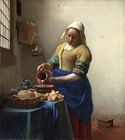 AA: Which of the figures was the most forthcoming? Which was the hardest to get to know? Do you have a favorite? (I’m partial to The Milkmaid myself.)
AA: Which of the figures was the most forthcoming? Which was the hardest to get to know? Do you have a favorite? (I’m partial to The Milkmaid myself.)
BR: The Milkmaid was very easy to talk to. I get the feeling she likes to gossip. The Geographer was also very forthcoming–a man of science who enjoys sharing his knowledge of the world.
The student in The Music Lesson was very hard to get to know. She seemed shy about her feelings for her tutor.
It’s tough to pick a favorite, but I would have to say Woman in Blue Reading a Letter, The Geographer and The Milkmaid rank at the top of my list.
AA: I visit the Woman Holding a Balance at the National Gallery of Art in Washington, D.C. fairly frequently. Is there anything you would like me to ask her next time I see her?
BR: First of all, apologize for me. I was limited to seven interviews for my book, and she was not included.
One thing you could ask her is whether or not she is Vermeer’s wife, Catharina. Many art scholars suspect that Catharina was the model for at least a few of the women Vermeer painted, but no one knows for sure.
 AA: The Vermeer Interviews is the 11th book in Bob Raczka’s Art Adventures series, published by The Millbrook Press. Would you tell me a little about some of the recent and forthcoming books in that series?
AA: The Vermeer Interviews is the 11th book in Bob Raczka’s Art Adventures series, published by The Millbrook Press. Would you tell me a little about some of the recent and forthcoming books in that series?
BR: Of course. Action Figures: Paintings of Fun, Daring and Adventure, was the 12th, published in the fall of 2009. Designed to appeal to young boys, it features paintings of a boxing match by George Bellows, a cattle stampede by Frederick Remington and a shark attack by John Singleton Copley, among others.
AA: What a great concept! I think I know where to find one of those paintings, too [Copley's Watson and the Shark is part of the NGA collection]. What's next?
BR:  Speaking of Art: Colorful Quotes by Famous Painters is being published this spring. For each artist, I pair an interesting quote with a representative work. For example, Paul Klee once said, “A line is a dot that goes for a walk.” Pablo Picasso said, “To draw, you must close your eyes and sing.”
Speaking of Art: Colorful Quotes by Famous Painters is being published this spring. For each artist, I pair an interesting quote with a representative work. For example, Paul Klee once said, “A line is a dot that goes for a walk.” Pablo Picasso said, “To draw, you must close your eyes and sing.”
This fall brings Before They Were Famous: How Seven Artists Got Their Start. This book features paintings by Picasso when he was 8, Dali when he was 10 and Michelangelo when he was 12.
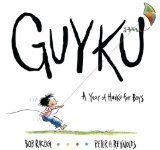 AA: Congratulations! I understand you also write children’s poetry. Do you have any poetry books forthcoming?
AA: Congratulations! I understand you also write children’s poetry. Do you have any poetry books forthcoming?
BR: As a matter of fact, Guyku: A Year of Haiku for Boys is being published this fall by Houghton Mifflin Harcourt. It’s illustrated by Peter H. Reynolds, of The Dot and Ish fame, and I’m very excited about it.
AA: Me, too; I'll be sure to look for it in the fall. Til then, where can readers find more information about you and your books?
BR: Readers can visit my website at bobraczka.com.
AA: Thank you so much, Bob, and congratulations again--this looks like an exciting year for you! I hope you'll keep us posted at bookstogether, too.
Now, inspired by The Vermeer Interviews, I have a few questions of my own for Vermeer's paintings--and for my readers: Which is your favorite Vermeer? What might you ask it?
 No, not pigeons, rats, or raccoons. Urban Animals by Isabel Hill (Star Bright Books, 2009) is about animals in architecture, and it works as an introduction to architectural terms (like keystone, column, and bracket), as well as an I Spy book that might inspire you and your kids to look for the animals in your own built environment (or in a nearby city; author and photographer Isabel Hill found all of these animals in New York).
No, not pigeons, rats, or raccoons. Urban Animals by Isabel Hill (Star Bright Books, 2009) is about animals in architecture, and it works as an introduction to architectural terms (like keystone, column, and bracket), as well as an I Spy book that might inspire you and your kids to look for the animals in your own built environment (or in a nearby city; author and photographer Isabel Hill found all of these animals in New York).